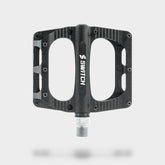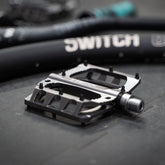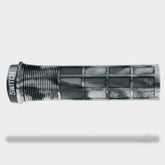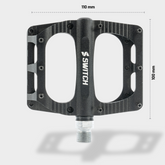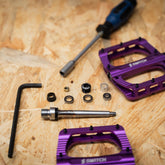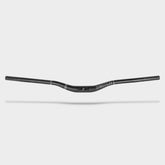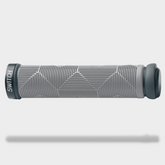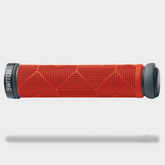TELESCOPIC SEATPOST: HOW TO CHOOSE THE BEST ONE FOR US
In recent years, the world of MTB has undergone countless evolutions, from carbon products, to 29 wheels, up to the exponential diffusion of electric bikes, also called e-bikes. Among all these evolutions, one in particular was conceived essentially to improve downhill performance and make it safer and easier to tackle technical sections, during competitions, but also during Sunday MTB rides: the telescopic seatpost .
This MTB accessory made its appearance several years ago and is taken for granted by many, but it is not yet present in all MTBs in production.
If for all bikes with an XC or marathon orientation, therefore with great lightness requirements, the telescopic seatpost can be superfluous, for all bikes ranging from all-mountain to the most aggressive enduros, a telescopic seatpost should never to miss.
However, many bikes, especially those of the medium-low range, come without a hydraulic seat post, for this reason in the following lines we will dictate some rules to guide the purchase of a telescopic seat post to replace the traditional seat post or to replace the standard one, which does not fit the our features.
SEATPOST OPERATION
First, it is important to understand the type of seatpost that our bike can accommodate. We need to check whether or not there is the possibility of passing the seatpost actuation cable inside the frame, so if our MTB leaves the factory set up to accommodate a telescopic seatpost.
If this is not the case, there is no problem, in fact there are models that adapt to frames without predisposition and which therefore pass the drive cable external to the frame, like our model SW-09
Another requirement requested by many is the absence of cables to facilitate the removal of the telescopic seat post and to be able to replace the seat post if you decide to face less technical rides and therefore prefer to lighten your MTB, for this there are models such as theSW- 08 which uses a lever directly connected to the seat post, without the aid of cables, thus facilitating any replacement.
EXCURSION
A second fundamental parameter for choosing the right seatpost, which allows us to make the most of our bike in all conditions, is the choice of excursion. In fact, we need to understand how much we want and can lower the saddle from the saddle height to face the climb and the height to face the descent.
There are different excursion measures, from our catalog it is possible to choose as many as 7 different measures, come on 50mm chosen mainly by those who practice gravel, up to the model SWR 200 with 200mm of travel.
THE MOST IMPORTANT MEASURES
Having chosen the type of operation and the excursion that best suits our needs, it is necessary to take some measurements from your vehicle, which are essential for making the right purchase.
SEATPOST DIAMETER
There are different diameters available on the market but our vehicle can only accommodate the diameter for which it was designed.
The most common diameters are: 27.2 – 30.9 -31.6 – 34.9
TOTAL LENGTH
Once the desired excursion has been verified, it is necessary to know the total length of the seat post and understand if our frame can accommodate the seat post. It happens particularly often that you want a model with plenty of travel to have the saddle completely low when descending, but that due to the shape of the frame we can only insert 200 mm inside. So if the seatpost travel was 150mm but the insertion is 250 mm, our frame does not support this model, therefore it is necessary either to look for a seatpost with a shorter "internal part" or to reduce the excursion. In fact, engagement is proportional to the excursion. This kind of problem particularly involves small-sized bikes or full suspension MTBs with particular shapes, which are uncomfortable from this point of view.
It is therefore advisable to consult the measurements in the appropriate tables and measure the space available inside the frame.
MINIMUM ENTRY
The opposite problem happens to those who don't need too much travel and think they can use the entire length of the seat post, leaving only a few cm of tube inside the frame. In reality this is not the case, all telescopic and non-telescopic models require a minimum of insertion in order to function; it is therefore necessary to check that: the total length of the seatpost minus the minimum insertion is at least what is required to position the saddle at the desired height.
In the our models with internal cable the minimum insertion is 12.5 cm, 9 cm of the seat post plus 3.5 cm required for the stem and the cable to function correctly.
SWRLS electronic seatpost

SW Light seatpost
SW seatpost
SWR seatpost
Before purchasing a telescopic seat post, it is therefore advisable to note:
- if there is provision for the passage of the cable inside the frame
- the frame measurements such as seat post diameter and maximum insertion possibilities
- the excursion we want
- the actual measurements of the seat post that are compatible with the frame and needs
Consult ours comprehensive range of telescopic seatposts to find the product that best suits your needs.

